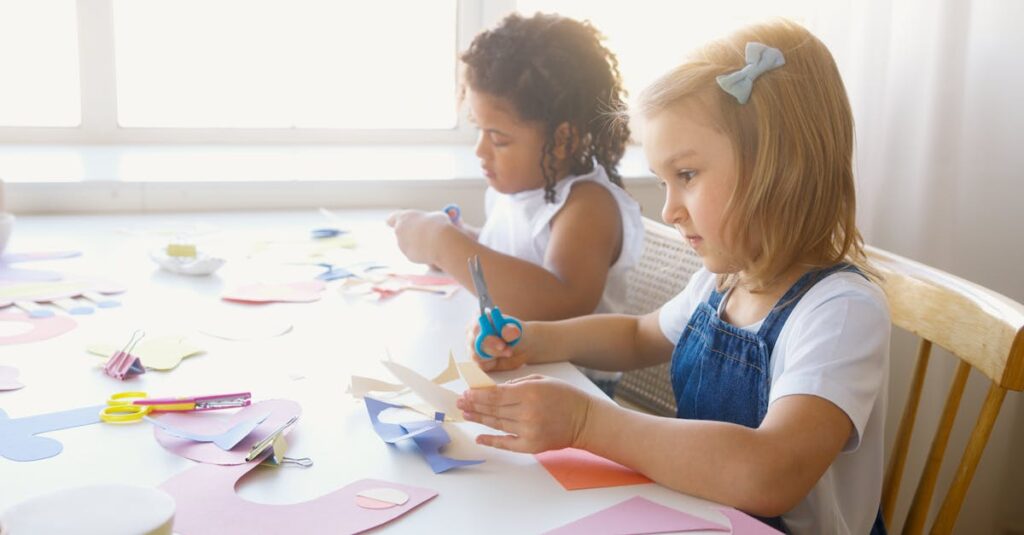Recognizing Emotional Signals
Toddlers often use actions rather than words to express emotions. Watch for signs like crying, yelling, or clinging. These actions often indicate unmet needs. Understanding these signals helps you respond effectively. Remember, patience is your best friend in this journey.
Creating a Safe Emotional Space
Toddlers need to feel secure in their environment to express emotions freely. It is essential to create a cozy and safe space at home where they can feel comfortable and safe.
- Consider soft lighting to create a soothing ambiance.
- Introduce stuffed animals or comforting toys for a sense of security.
- Designate quiet corners where your child can retreat when needed.
Your child’s emotional well-being is nurtured in an atmosphere filled with safety, comfort, and love.
Building Trust through Consistency
Consistency builds trust in toddlers. Establish routines for meals, naps, and playtimes. Predictable environments make toddlers feel secure. A consistent bedtime story or morning cuddle can serve as emotional anchors, giving your little one a sense of stability.
Dealing with Temper Tantrums
Temper tantrums are a common challenge. It’s essential to handle them with patience and understanding.
When faced with a tantrum:
- Stay Calm: It’s important to remain composed and not escalate the situation.
- Acknowledge Their Feelings: Let the child know you understand they are upset.
- Guide Them: Gently help them express their frustration in a safe and healthy way.
- Offer Alternatives: Suggest activities like drawing or playing with a favorite toy to distract and calm them.
This approach not only helps in the immediate situation but also teaches children valuable coping mechanisms for handling emotions.
Balancing Discipline and Emotional Support
Balancing discipline with emotional support is crucial for effective parenting or leadership. It involves a delicate approach that blends authority with empathy.
- Set Clear Boundaries: Establish clear and age-appropriate boundaries for those under your care. Clear boundaries provide a sense of security and structure.
- Use Positive Reinforcement: Encourage positive behavior by acknowledging and rewarding it. Positive reinforcement fosters a cycle of good behavior.
- Explain Corrective Actions: When correcting behavior, take the time to explain why certain actions are unacceptable. This helps individuals understand the consequences of their actions.
This harmonious combination of discipline and emotional support cultivates an environment of mutual respect and understanding.
Supporting Social Emotional Development
Supporting social emotional development goes beyond home. Encourage playdates and group activities. Teach sharing and turn-taking. Exposure to social settings helps toddlers learn empathy and cooperation. Remember, your involvement and modeling play a crucial role.

